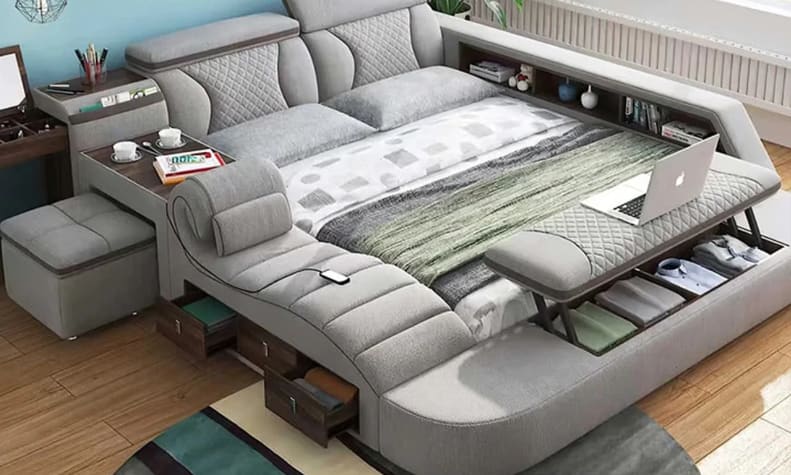Lighting strategies to balance focus and comfort during work hours
Thoughtful lighting helps sustain focus, reduces eye strain, and creates a comfortable atmosphere for work. Whether you rely on natural light or layered fixtures, integrating lighting with ergonomics, furniture, storage, and zoning supports better productivity and wellbeing in home offices, small spaces, and shared areas.

Good lighting reduces visual fatigue and supports consistent posture, which together improve comfort and concentration during long work sessions. Positioning, color temperature, and intensity all influence how alert and comfortable you feel; a mix of ambient, task, and accent lighting helps tailor conditions to different tasks. When combined with deliberate furniture choices, storage and organization, and simple routines, lighting becomes part of an overall approach to a healthier, more productive remote work environment.
How does lighting influence ergonomics and productivity?
Light quality affects how you position your body and how quickly you switch between tasks. Insufficient or uneven lighting can cause you to lean forward, squint, or adopt awkward neck angles to see screens and documents, undermining ergonomics. Aim for even ambient illumination plus an adjustable task lamp that provides focused light without glare. Choosing neutral color temperatures for daytime work and ensuring monitor brightness matches room light can reduce interruptions and support steady productivity.
How to combine natural light and layered fixtures?
Use natural light as your primary daytime source but control it to avoid glare. Position desks to receive indirect daylight or use sheer curtains and blinds to diffuse strong sun. Complement natural light with layered artificial lighting: ambient overhead lights for general visibility, task lights for focused work, and accent lights to reduce contrast. Dimmable fixtures or tunable white LEDs let you shift color temperature through the day to align with your energy levels.
How can lighting help acoustics, privacy, and zoning?
Lighting can define zones and signal intended use, which supports both privacy and acoustic comfort. Softer, warmer lighting helps create quiet, private corners for focused work or calls, while brighter, cooler lighting indicates active collaborative areas. Combine zoned lighting with acoustic treatments like rugs, curtains, or panels to absorb sound. This pairing reduces distractions in open layouts and helps remote work calls feel clearer without requiring physical separation.
How to coordinate lighting with furniture, storage, and organization?
Select furniture and storage that work with your lighting plan: matte surfaces cut down glare, while lighter finishes reflect light and brighten corners in small spaces. Integrate LEDs into shelving or under-cabinet storage to illuminate supplies and improve organization. Position task lighting so it does not cast shadows on frequently used work areas; mobile or clamp lamps can move with reconfigured desks, helping maintain tidy cable management and an orderly workspace.
How to manage cable management and create a video backdrop?
Good cable management reduces visual clutter and prevents cables from casting distracting shadows. Use under-desk trays, clips, and cord sleeves to keep power and data lines organized and safe. For video calls, compose a clean, softly lit backdrop with a balanced key light and subtle backlight to separate you from the background. Avoid harsh overhead lighting that creates unflattering shadows; controlled side or ring lights provide even facial illumination while preserving a professional look.
How to balance routines, sustainability, and small spaces?
Develop simple routines that adjust lighting for work phases: brighter, cooler light for focused tasks and warmer, dimmer light for planning or creative thinking. In small spaces, choose multi-functional fixtures, directional lamps, and reflectors to maximize effect without adding bulk. Favor energy-efficient LEDs, timers, and smart controls to lower consumption while maintaining comfort. Sustainable choices and modular lighting solutions make it easier to adapt as your layout or zoning needs change.
Conclusion
Balancing focus and comfort during work hours means treating lighting as one element in a cohesive workspace strategy. Layered light, proper placement relative to furniture and storage, attention to acoustics and privacy, and tidy cable management all contribute to a supportive environment. Consistent routines and sustainable fixtures help maintain comfort and productivity across different work modes and small spaces.





